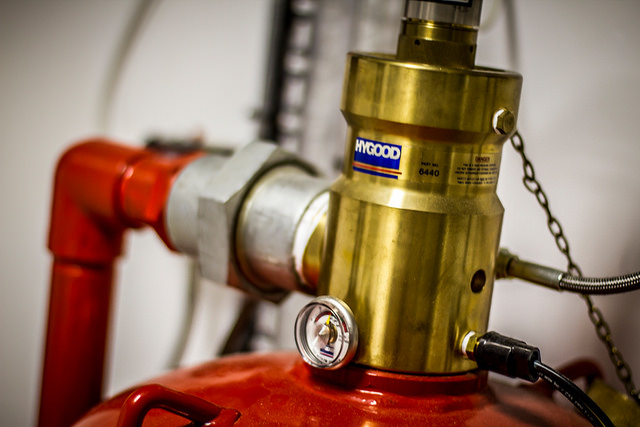Fire is a potent and unpredictable element that poses a hazard to all types of businesses. It can cause immense damage to the company quarters, stock or equipment. Many small business fail to recuperate after a great fire. What’s worse, the life and well-being of employees and visitors is at stake as well. That’s why adhering to safety measures should be the responsibility of every person in the workplace.
Vulnerable groups
If you’re wondering whether your business is more susceptible to fire breakouts, these are some of the aspects you should pay attention to:
• Use of heat processes
• Storage of inflammable gases or liquid, as well as other combustible materials
• Poor upkeep of electrical systems and related devices
• Isolated groups of workers
• Public access (arson risk)
Legal requirements and duties
For instance, the Australia’s Work Health and Safety Regulations include the variety of subjects that are standard for most countries. This involves the emergency plan, hazard prevention, storage of volatile substances and combustible materials, closed space conditions, sources of ignition and adequate firefighting devices, among other things. Naturally, there’s a number of duties that an employer has to take care of, such as building code and risk assessment.
Fire detectors and alarms
Dependable fire warning system is a mandatory element every serious firm should have installed in their office building. An effective alarm should be able to detect the fire quickly and immediately notify the occupants to run to safety. This sound should be loud enough for everyone to hear it from the most distant corners of the building, and known to all the workers. To prevent malfunction due to power cuts, connect the electrical system to an auxiliary power source.
Fire exits
The well-thought out and adequately labelled fire escape routes are a prerequisite for all public buildings and sites. First of all, you should include the means of exit in your emergency plan. All the workers must be notified about it and trained to use it, with additional poster-reminders placed in target spots around the premises.
The exit signs should be appropriately illuminated and easy to identify. Last but not least, the exits must be designed to accommodate the number of people who are likely to use it and be placed on strategic locations that allow employees to get to safety in time.
Special conditions
We mustn’t forget about the workers with some type of disability, and their special needs in case of fire, so an individual evacuation plan must be put in place in cooperation with disabled employees.
The covered types of disability include wheelchair users, people with impaired hearing or complete deafness, people with visual impairments and employees who struggle with anxiety or some other mental illness. In most cases, a co-worker should be assigned to assist them in emergency situations.
Fire extinguishers
Sometimes a fire breakout is relatively small and can be put out by prompt and adequate use of fire extinguishers. Make sure the apparatuses are functional, noticeable and evenly distributed throughout the office premises, especially near fire hazards. The workers should receive all the necessary information and proper training on its use. The presence of quality, reliable fire-fighting units can make a world of difference for local, small-scale accidents.
Testing and maintenance
To ensure the equipment and routes are ready for use and functional at all times, some maintenance and testing procedures have to be performed regularly. All exits and light signs should be checked, along with the alarms and other fire detecting tools. The fire-fighting gear should be tested and maintained by trained, experienced individuals.
Good practices
1. General advice: The workplace should be clean and tidy, ridden of combustible waste. The flammable sources and materials should be strictly controlled.
2. A solid emergency plan is mandatory. Compile it with a help of local fire department trainers. Make the plan known to employees and organize regular drills.
3. Perform safety check-ups at shutdown (windows, electricity, doors, dangerous chemicals and sources).
Small number of companies manage to rise from the ashes after a great fire in their building quarters. That’s why it’s important to take the necessary fire precautions and keep your employees and your assets safe.







































